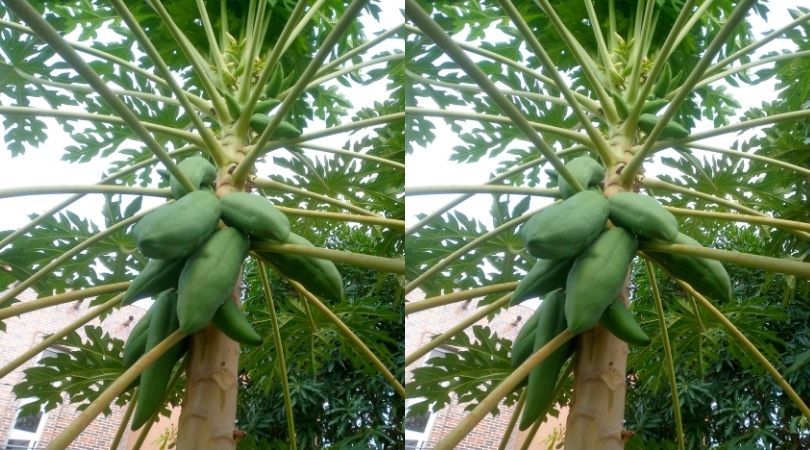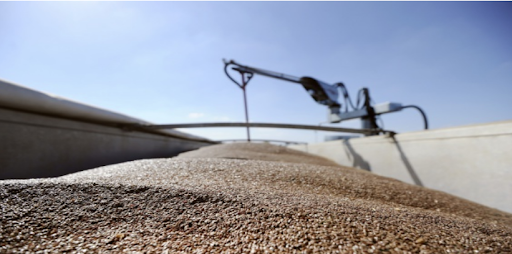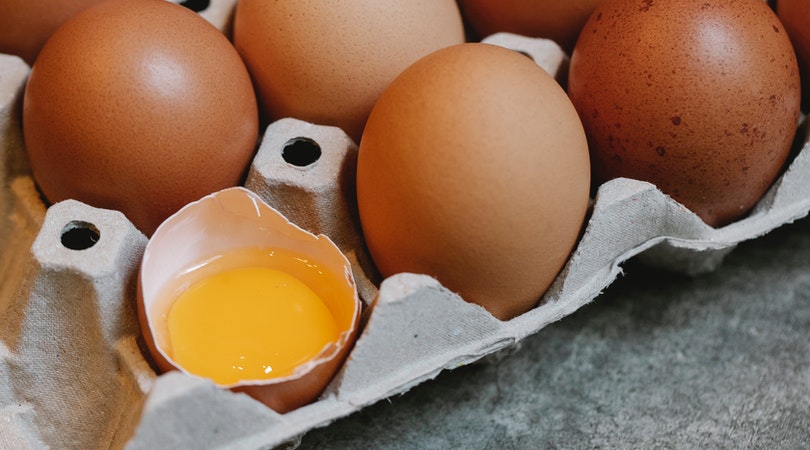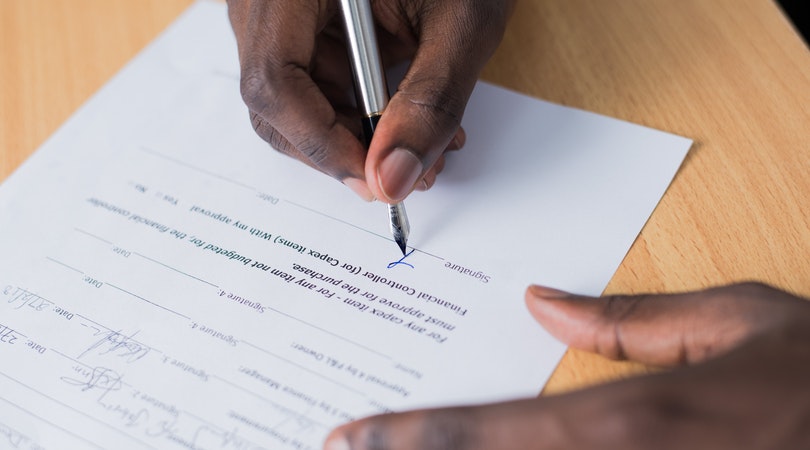Farming Businesses
How to Start Pawpaw Farming in Nigeria

In this article, we will look at how to start pawpaw farming in Nigeria. The need for this kind of information is important, due to the fact that there is a huge market for this agricultural produce. Basically, Pawpaw (Carica papaya) originates from South America. There are some round-fruited varieties and some long-fruited ones.
The long-fruited varieties are generally of a higher quality. Some imported varieties may also be of a better quality than the local ones. An example is the pawpaw from the Cameroons which has pink flesh.
External Characteristics of Pawpaw
Paw Paw is a tree crop that grows to a height of 3 to 5m. It has a mostly hollow unbranched stem and leaves that grow from the apex of the stem. Sometimes, a paw paw tree may develop one or two branches but this is usually an abnormality this often happens when the main shoot has been damaged.
The male and female flowers of the pawpaw are produced on different trees, the male flowers being more numerous than the female ones. The male flowers generally do not develop into fruits. Sometimes, however, clusters of tiny fruits, 10 to 16 cm long, may develop on a male tree. But they are usually aborted after a short while or are inferior to the normal fruit.
The flowers of the pawpaw plant have a very sweet scent which attracts insects that pollinate them.
Types of Pawpaw Fruits
Little bloomed dwarf Pawpaw is a seemingly perpetual lasting fruit found in dry pine or oak woods or shrubberies. It for the most part develops just 6-8 feet tall, and it is not salt lenient. The youthful shoots and leaves are covered with a corroded down, later getting smooth. The little caramel purple, six-petaled blossoms are borne separately in leaf axils before leaf development.
The product of Dwarf Pawpaw is more modest than different pawpaws however is consumable off the tree or used in cooking. More than one hereditary strain is required for the best natural product set. Pawpaw leaves are the lone plant the excellent zebra swallowtail butterfly caterpillars will eat. There are also other types known as Jumbo pawpaws and Yellow pawpaws.
Dwarf pawpaw farming is the most profitable kind of paw paw farming you can go into as it yields fruits in a short time.
How to Start Paw paw Farming in Nigeria
This is the step-by-step guide on how to start pawpaw farming in Nigeria.
If you would want to start a business in paw paw farming here in the country, then there are some things you ought to consider first. This article brings to you the full comprehensive guides on how to start a business in pawpaw farming in Nigeria.
They are highlighted below in detail:
1. Writing a Business Plan
Before you kick start a business in pawpaw farming in a country like Nigeria, you should do a financial examination. This will help you to confirm the utilization of different means of getting funds and knowing the direction in which the agricultural business will go. In papaya farming, the fixed expense is generally in introductory land development.
Also, the fixed cost incorporates wages of perpetual workers and fix of farm facilities and other random expenses. Moreover, the variable cost comprises creation practices and info costs including the FYM, manures, and pesticides.
Also, it incorporates the wages for recruited work for the water system (irrigation), between refined, harvesting, taking care of, transportation, and other services that are involved in the paw paw planting. Ascertain the absolute cost of starting the agribusiness, and also ensure that the projected benefit and ROI are very well noted.
These figures should be reported in your field-tested strategy. Read our guide on how to write a business plan in Nigeria or contact us via [email protected] if you want us to write it for you.
2. Requirement for Farmland
The paw paw plant requires well-drained soils. It does better in lighter soils than in heavier soils. Plenty of moisture is necessary.
3. Planting of Pawpaw Seeds
Paw paw is propagated by seed. It may, however, be propagated by cuttings from trees with branches, in which case, the branches should not be more than 1.2 m long. The seeds may be sown directly in the field or first germinated in the nursery and later transplanted into the field. A nursery is a separate place strictly for planting and nursing seedlings.
The nurseries can be prepared on the ground, in shallow boxes or baskets. If the beds are made on the ground, the soil surface should be worked to fine-tilt. Where they are made in boxes or baskets, topsoil rich in humus should be used. Pawpaw seeds are then sown 7 to 10 cm apart in rows, at a depth of about 2.5 cm.
The nursery should be shaded. The seeds are watered about once every two days and this is usually done either in the morning or in the evening. The seedlings are ready for transplanting after 2 to 3 months when they are about 15 to 20 cm tall.
4. Transplanting Pawpaw Seedlings
About three weeks before transplanting, the shade should be gradually removed. Meanwhile, the field must be cleared and marked out. The planting distance is 2.4 m × 2.4 m. Holes of the size 61 cm × 61 cm × 61 cm are then made at the marked points and filled with topsoil. Three or four seedlings are planted on each stand, with the seedlings about 15 to 20 cm apart.
5. Application of Fertilizer
One matchbox full of 4.8.5 N.P.K. fertilizer per stand should be applied twice a year.
6. Thinning in Paw Paw Plants
Pawpaw plants begin to flower in the first year of planting. It is at this stage that the male plants can be separated from the female ones. All the male plants are removed, leaving only one for every 15 to 20 female plants. This is for the purpose of fertilization. The plants should then be thinned down to one plant per stand to beat fruits.
7. Weeding in Paw Paw Farm
Ring weeding is done once a month during the rainy season, and once in two months during the dry season. The weeds in the rest of the plantation should be slashed as often as necessary.
8. Harvesting in Paw Paws
About 9 to 10 months after transplanting, the pawpaw fruits will start to develop and mature. They are harvested as they ripen or they may be harvested green if required. Care should be taken not to injure the fruits during harvest. The harvested fruits should be stored in a cool and dry place.
9. Diseases of Pawpaws
The leaves are attacked by leaf spots (Crynespora cassiicola) and the fruits are disfigured by fruit rot (Glomerella cingulata) but these are not very important. Seriously affected plants should be removed and destroyed.
Application or Uses of Pawpaw
The ripe fruit is very delicious. The fruit contains papain, a substance that acts like the animal enzyme, peptone, and will render meat tender. Tough meat can be made tender by cooking it with pawpaw leaves or with green fruit. In Ceylon and East Africa, the latex is collected from the fruit, dried and preserved, or used in preparing papain for export.
The papain is used as a meat tenderizer in meatpacking industries. It is also used in the manufacture of silk.
Main Uses of Papaya
There are different ways we use pawpaw in Nigeria and all over the world. They include the following:
1. Ripe paw paw is generally consumed in the morning meal or sweet natural fruit.
2. There are various kinds of foods that are made through pawpaw. Kinds of Stuff like jams, natural product squeezes, and frozen yogurt, are a few of them.
3. Besides, papaya is likewise burned-through as a dried organic product.
4. Separated organic products can be taken care of by pigs and dairy cattle.
5. Papaya is an ingredient in an assortment of foods all over the world. Unripe leafy foods are burned-through as vegetables.
6. Another main thing is tutti frutti from papaya. This is extremely well-known in bread kitchens and candy stores.
7. Papain is a smooth latex gathered by making cuts in unripe papayas. The latex is either sun-dried or broiler dried and sold in powdered structure to be utilized in brew clarifiers, meat tenderizers, absorption helps, wound debridement helps, tooth-cleaning powders, and different other products.
Top Health Benefits of Papaya
The health advantages of consuming pawpaw. This includes the following:
1. Papayas are rich in fiber, vitamin C, and cell reinforcements that forestall cholesterol growth in the body.
2. One medium-sized papaya contains only 120 calories. Along these lines, it helps in the weight reduction process.
3. A solitary papaya can satisfy over 200% of your everyday prerequisite of Vitamin C, making it incredible to fabricate a more grounded invulnerable body system.
4. Papayas are low in sugar content (8.3 gm in one cup of cut papaya) just as a glycemic file. This property makes papayas superb natural products for diabetics.
5. Papayas are plentiful in Vitamin A and flavonoids like beta-carotene, zeaxanthin, cryptoxanthin, and lutein which keep the mucous films in the eyes solid.
6. Papaya is rich in a few supplements like Vitamin C which can keep you liberated from pressure.
That is the view of the uses and benefits of paw paw to the body. If we’re not yet convinced that this plant is very nutritious to the body, then the above information should give you a change of mind. Also, the various application of pawpaw makes it to be marketable.
Conclusion
Would you like to start a paw paw farming business in Nigeria? If your answer is positive, then here in this article, we have archived point-by-point marketable strategies managed for novices who want to get into the farm business. We included the overall revenue, cost, and strategies of the papaya farming business in the country.
However, Papaya is a famous organic product that is not short of stock in the market. You can reap papaya consistently. It is a profitable business as it gives quick returns on investment.
Recommended:
- How to Start Fruit Salad Business in Nigeria
- The 10 Richest Farmers in Nigeria
- 10 Best Ways to Save Your Mobile Data
- Peter Obi’s Net Worth
- Top 10 Loans for Non-Salary Earners in Nigeria
📡Join Our Social Media Channels:
Facebook: theinfoWorth
YouTube: Ralph Finance










